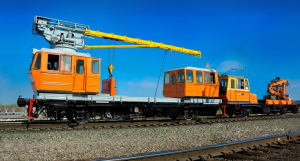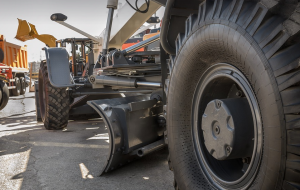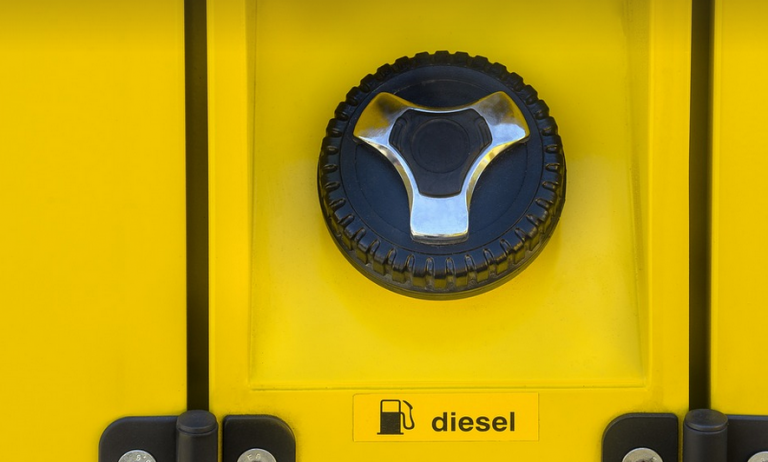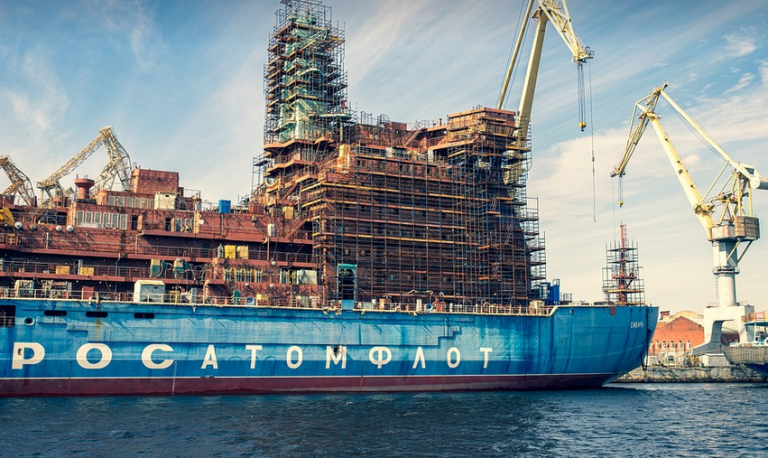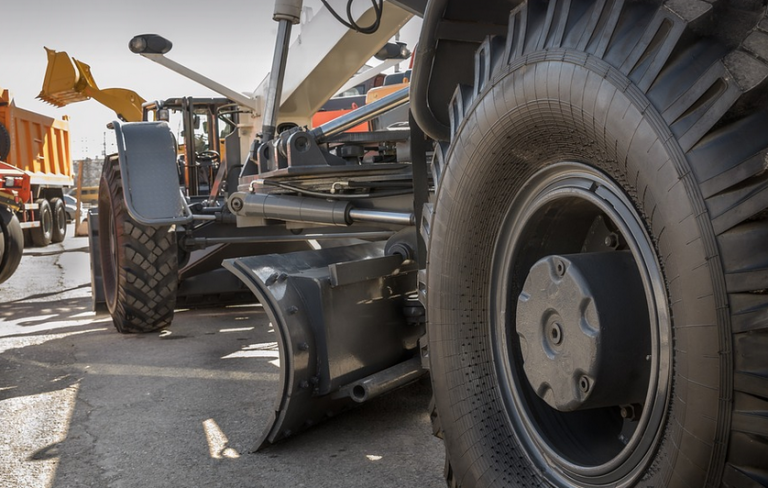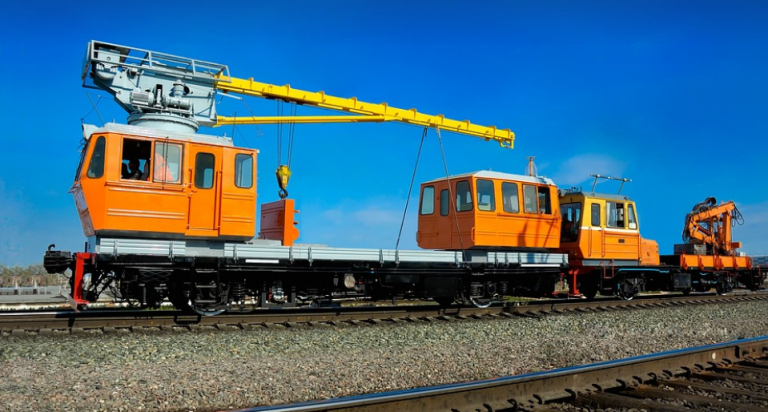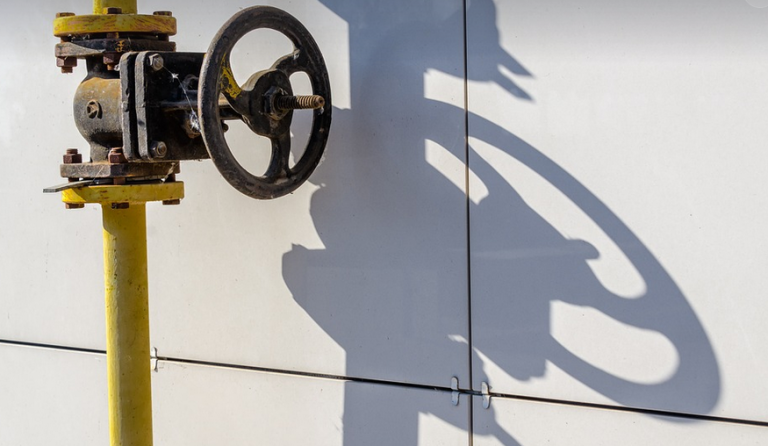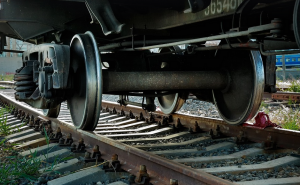What is a WPS?
In the world of welding, there’s a lot going on behind the scenes to ensure quality welds and safety. At the heart of this process lies the “Welding Procedure Specification,” or WPS. Think of it as a blueprint for successful welding – a detailed guide that outlines all the essential steps for accomplishing your desired weld.
A WPS isn’t just some arbitrary document; it’s a vital component in every welding project, especially those involving critical components like pressure vessels, pipelines, and large structures where safety is paramount. Without a properly crafted WPS, even seemingly minor deviations can have significant repercussions, potentially leading to costly repairs or even dangerous failures.
Why is a WPS Necessary?
The inherent nature of welding presents unique challenges. Several factors contribute to the need for a meticulous WPS, and understanding these helps us appreciate its importance:
- Material Properties: Every type of metal has unique characteristics that influence how it behaves during welding. For instance, steel’s melting point might be significantly higher than aluminum’s.
- Weld position and joint design: The way the weld is positioned or the type of joint (e.g., butt, lap) significantly impacts the technique required for successful welding.
- Welding Current and Voltage: The amount of electricity used to melt the metal needs to be precisely controlled based on the material being welded.
- Shielding gas: The specific type of gas shielding the weld is crucial, as each gas may offer different protection levels against unwanted reactions or contamination. It’s not just about protecting the weld from the elements but also ensuring the correct chemical composition for that specific project.
The Components of a WPS
So, what exactly goes into crafting a comprehensive and effective WPS? Let’s delve deeper into its key components:
- Weld procedure: This section provides the step-by-step instructions on how to make the weld. It includes details like welding position, current settings, electrode selection, and welding speed.
- Shielding gas: This crucial component specifies which shielding gas will be used to protect the weld from atmospheric contamination. The gas type chosen should correspond with the specific metal being welded and the desired level of protection.
- Pre-weld cleaning: A detailed procedure outlining how and where to clean the base metals for optimal flow and minimal distortion during welding is mentioned here. It’s about ensuring a clear path for the weld to be made with a focus on surface preparation.
- Post-weld inspection: This part details the necessary steps after completing the welding process, such as measuring dimensions or analyzing the weld bead for defects. These inspections help ensure that the weld meets the required standards and specifications.
- Welding machine setting: This section lists all the specific settings on the welding machine used to make the weld. It includes things like power source, voltage, amperage, wire feed speed, and shielding gas flow rate.
Benefits of a WPS
The creation of a WPS brings numerous benefits to welding projects:
* **Improved Weld Quality:** A well-defined WPS helps ensure consistent weld quality across all projects. This is especially important in industries demanding high standards like construction, manufacturing, and engineering. The WPS acts as a reference point for every welder involved, ensuring they are on the same page. * **Reduced Safety Risks:** The WPS’s meticulous planning minimizes safety hazards by clearly defining procedures that ensure proper welding techniques and protective measures. It ensures everyone on the project team is working with safe practices. * **Increased Efficiency:** A clear workflow outlined in the WPS leads to smoother, faster, and more efficient welding operations. This translates into reduced downtime and cost savings for businesses. * **Compliance and Standardization:** A WPS demonstrates a commitment to quality standards and regulatory compliance, making projects easier to audit and maintain compliance with industry regulations.
The Bottom Line
In conclusion, the Welding Procedure Specification (WPS) is more than just a document; it’s an essential component in every successful welding project. It provides a roadmap for achieving high-quality welds while ensuring safety and efficiency. By investing time and effort into creating a comprehensive WPS, you pave the way for smoother, safer, and more profitable welding operations.







